Dollar stores are a favorite of frugal shoppers, and though they have a distinctly spartan feel, good buys can be found if they know where to look. But it isn’t only lower-income consumers looking for deals. A greater number of higher-wage earners, including those who earn as much as $100,000 a year, are turning to Dollar General and other discount stores to save money. Still, cheap goods often come at a price, and there may be things you don’t want to know.
Even Well-Off Shoppers Hunt for Bargains at Dollar Stores

It isn’t only modest-income shoppers who have turned to dollar stores in search of bargains. Dollar General, for example, saw robust sales from consumers earning $75,000 to $100,000, according to CEO Todd Vasos. Dollar General’s “core” customer earns less than $40,000. Higher earners began shopping at Dollar General during the early days of the pandemic and have kept coming back, he said. A few years back, The New York Times Magazine discovered that about 22% of dollar-store shoppers make more than $70,000 a year. They’re also the fastest-growing segment of discount shoppers, along with millennials.
Some Are Expanding Into Fresh Produce

Dollar General is adding fresh fruits and vegetables to its offerings. The retail chain was selling produce in 3,000 of its stores by the end of 2022 and added fruits and vegetables at 2,000 stores in 2023, ultimately making them available in 10,000 locations. Dollar General said it plans to offer the top 20 items and about 80% of the produce categories sold by most grocery stores. The company also said it has partnered with a nutritionist to create healthier recipes using items sold at its stores.
It’s a Three-Horse Race

Dollar General remains the nation’s largest retailer by store count, now operating over 20,000 stores across 48 states, with plans to reach nearly 20,600 locations by the end of 2025. Meanwhile, its main competitor, Dollar Tree, Inc. operates about 16,500 stores across the U.S. and Canada as of early 2025. Family Dollar, which recently split from Dollar Tree, comes in third with over 8,000 stores nationwide. On the revenue side, Dollar Tree reported approximately $17.6 billion for the fiscal year ending February 2025, with continued growth expected as both chains expand and adjust their pricing strategies to meet changing consumer demand.
There Are More Dollar Stores Than Walmarts and Costcos
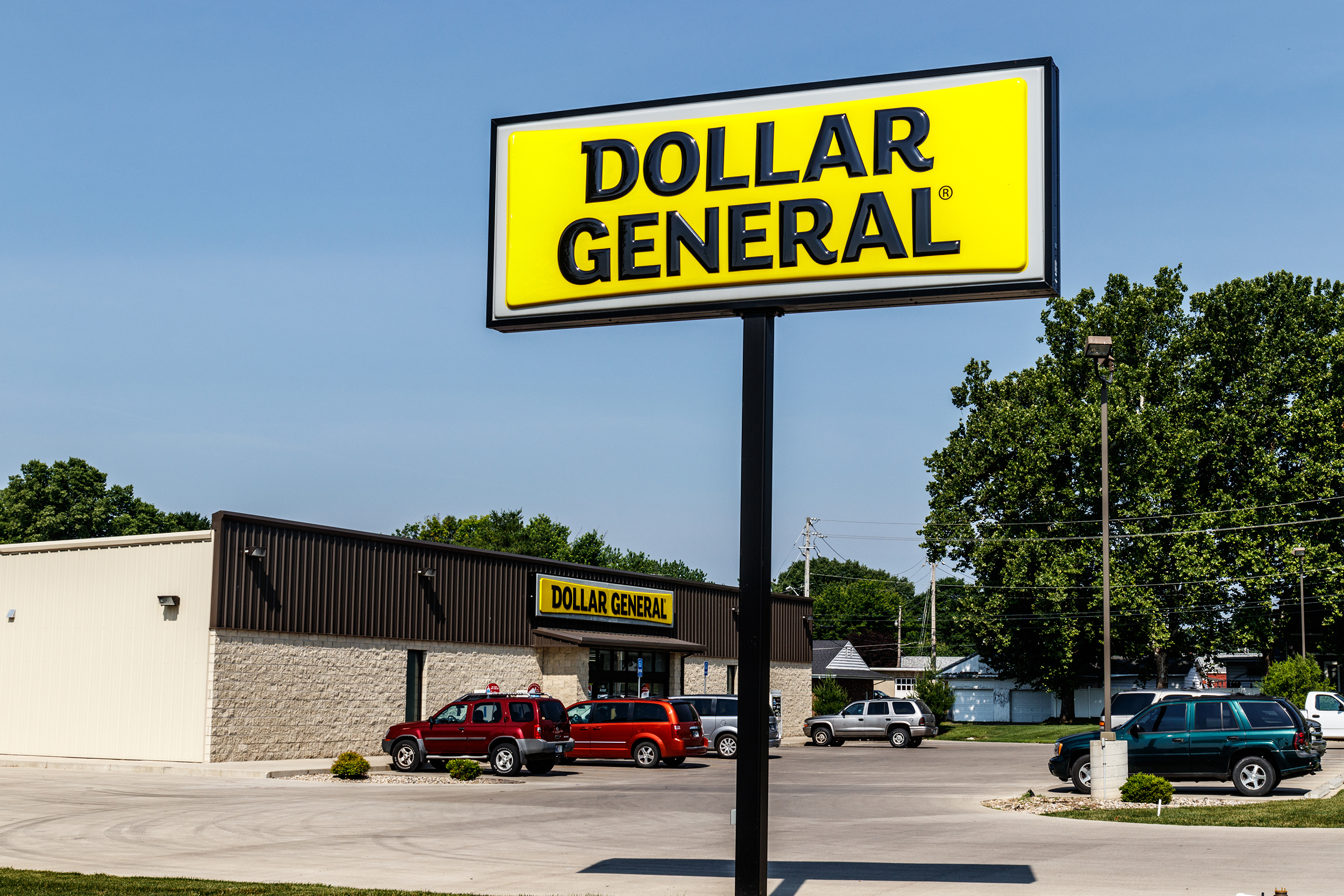
The two biggest dollar chains, Dollar General and Dollar Tree, have more stores combined than the six biggest U.S. retailers — Walmart, Kroger, Costco, Home Depot, CVS and Walgreens — put together, according to Forbes. If you put Macy’s, Kohl’s, Nordstrom, JCPenney, Dillard’s, Saks/Lord & Taylor, Neiman Marcus, and Belk together, the store count would add up to less than 15% of the total number of dollar stores.
Stores and Warehouses Have Flunked Inspections

Family Dollar made headlines after a rodent infestation at a distribution center forced it to recall scores of products and close more than 400 stores in six states. It’s not the first evidence of subpar dollar-store conditions: At Dollar General, the Labor Department has documented a “long history of violations and repeated failures to protect its workers from on-the-job hazards” that’s led to $3.3 million in proposed penalties stemming from 54 inspections. Among the problems: blocked exits, fall hazards, and poor sanitation. The company has also faced accusations that sparsely staffed stores are too vulnerable to violent crime; at least six Dollar General workers have died in robberies since 2016, according to CNN.
Trending on Cheapism
Most Items Aren’t $1 Anymore

For the fiscal 2025 outlook, Dollar Tree, Inc. now expects net sales between $19.3 billion and $19.5 billion, up from its previous forecast of $18.5 billion to $19.1 billion. The company reported that tariffs have become a major “ongoing volatility” factor — delaying cost impacts to later in the year and squeezing margins even as demand remains steady. Comparable-store net sales rose by 6.5% for the quarter, beating estimates, supported by increased foot traffic and higher spending per visit.
They’re Responsible for Food Deserts
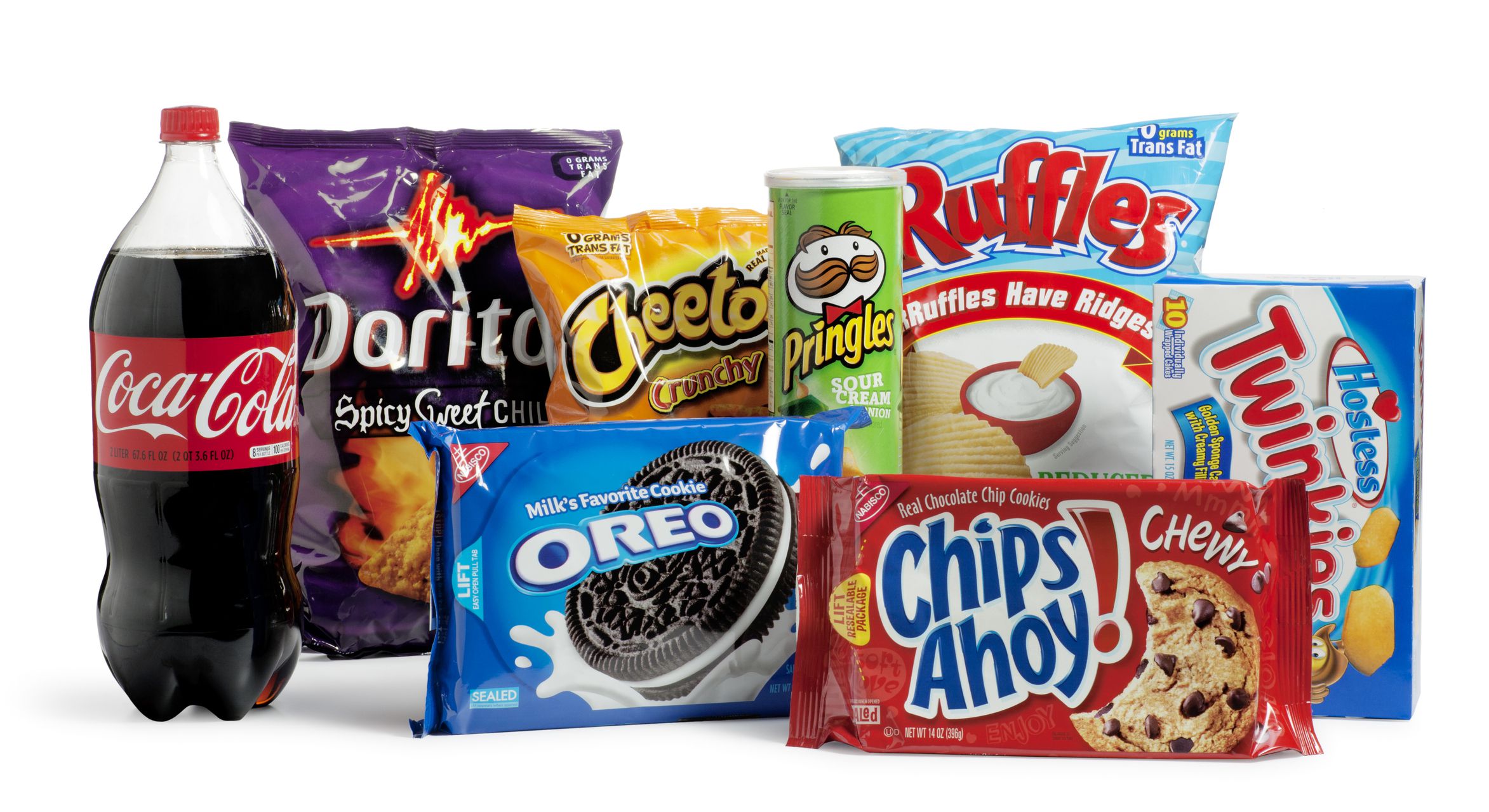
Dollar stores aren’t the best place to find healthy foods — and many may not offer fresh fruits and vegetables at all. Given that dollar stores tend to force out traditional grocery stores (which operate on slimmer margins), that means many people who don’t have the money or time to travel beyond their immediate area have no choice but to buy the ultra-processed choices at their local dollar store. To battle the “food deserts” of low-quality food created by these stores, Oklahoma City’s Ward 7 is now requiring new discount stores in the area either have an on-site pharmacy or at least 500 square feet dedicated to fresh veggies, fruit, and meat.
Dollar Stores Aren’t Always Cheaper

You still have to shop around. We compared dollar store prices to Walmart prices, and how well a shopper does depends on how closely they check the unit price. Sometimes, a dollar — or $1.25 — gets you less at Dollar Tree than it would somewhere else.
Sign up for our newsletter
Products Might Be Cheaper Because They’re Smaller

Sometimes it’s more important to keep a product ultra-cheap, even if that means shrinking the size of the container of toothpaste, shaving cream or other item the quantity of what you’re selling, according to Clark Howard. We noticed shrinking containers when comparing Walmart to dollar stores, too. As inflation goes up, items get even smaller.
You Can Find Name Brands — But Not Always at a Bargain

It doesn’t help your budget if you grab a name-brand detergent or soap at a dollar store that is smaller than what you’d buy at a discount or grocery store, which may undo your savings. But if you like specific cleaning products or bathroom supplies, you can find them here.
They’re Cutting Costs — But Still Want You To Spend More

Unfortunately, these stores aren’t passing the savings onto consumers. Dollar General has said that it wants to make its gross margin, which is nearly 30%, even bigger. It’s making stores smaller to prevent shoplifting, using anti-theft tags on all items, managing and expanding its own fleet of trucks, expanding its generic product line, and sourcing from places cheaper than China. While most goods will remain below $5, they’re looking to encourage impulse buying on goods with higher price points.
Dollar Stores Bet Against You

The loss of the middle class may have helped dollar stores, but financial analyst say those chains will need things to get worse if they really want to thrive. “What the dollar stores are betting on in a large way is that we are going to have a permanent underclass in America,” Garrick Brown, director for retail research at the commercial real estate company Cushman & Wakefield, told Bloomberg. “It’s based on the concept that the jobs went away, and the jobs are never coming back, and that things aren’t going to get better in any of these places.”
They Feed Off Misery
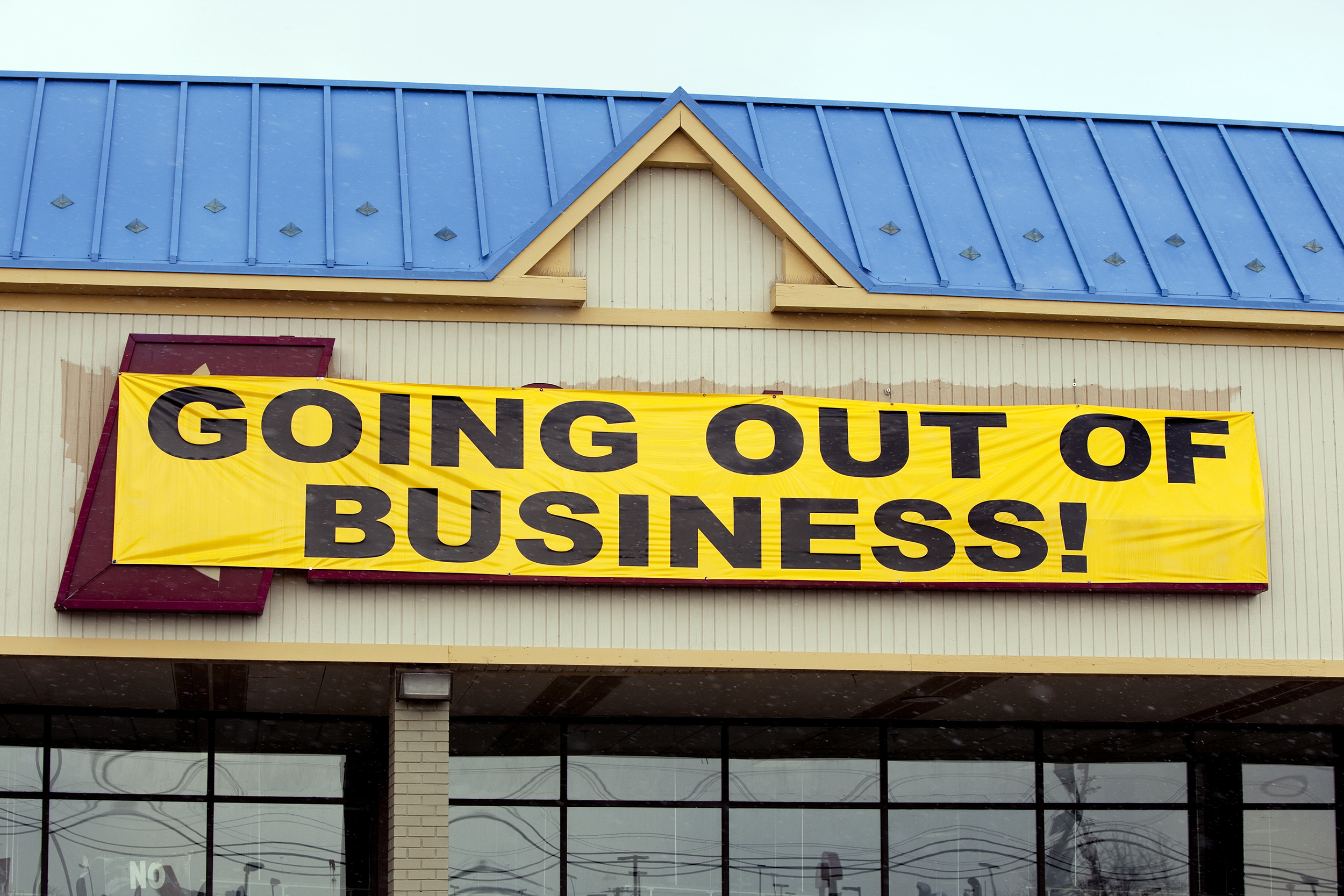
It’s been noted before that the upswing in Americans on food stamps and the continued struggles of millennials after the recession — issues that worsened during the pandemic — have helped dollar stores find footing. But with Pew Research noting that just 50% of U.S. wealth is held by middle-income households — compared with 61% in 1973 — a rash of retail closings and the decline of malls in middle-class areas have swept more people toward dollar stores. In 2021, the 1,650 dollar stores that were expected to open represented nearly half of all new national retail openings, according to Coresight Research.
They Have a Type of Shopper in Mind …

In December 2017, Dollar General CEO Todd Vasos told a Goldman Sachs retailing conference that his stores’ average shopper is, typically, a woman living a two-income household, making $40,000 per year before taxes, and clinging to a stable job with no wage growth. He says that shopper’s disposable income is around 2%, so $800 per year, and her shopping habits don’t respond well to price changes of as little as a dime.
… And They Actively Seek Out That Type

As CityLab noted, dollar stores tend to flourish in areas where residents are making below the median income and living at high rates of poverty. They also tend to pop up in areas where residents have lower levels of education, higher rates of smoking and obesity. Dollar stores are also more common in communities with higher crime rates.
The Stores Can Get Messy
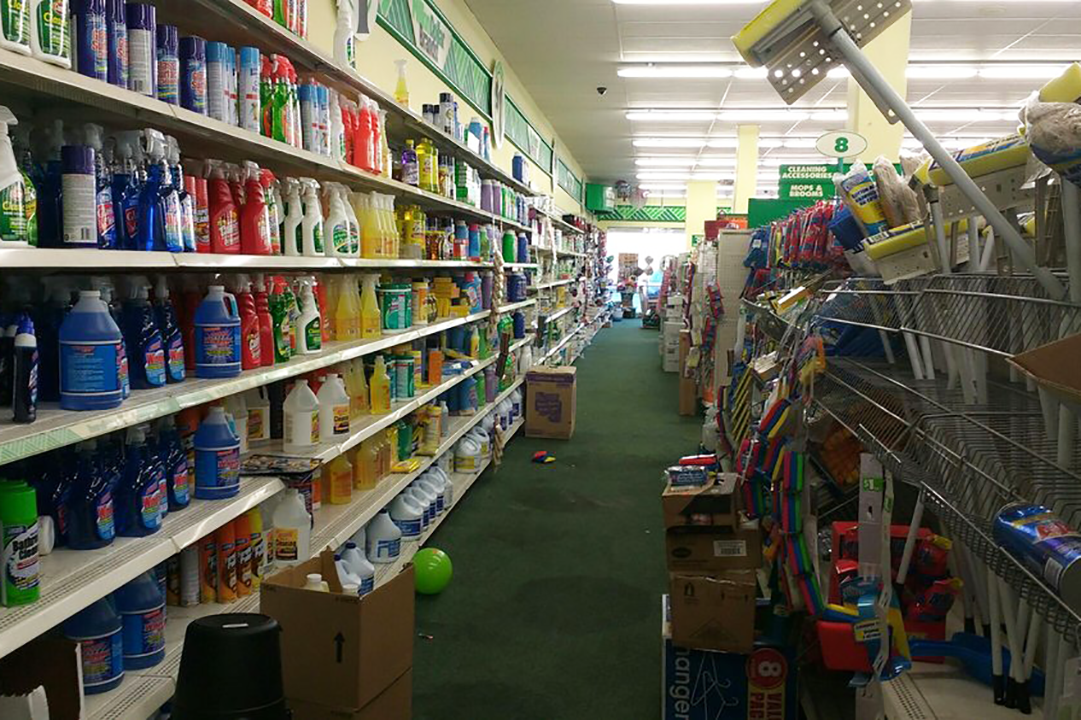
Wondering why Dollar General stores are so messy? Walking into a dollar store in disarray isn’t a rarity, but that’s by design. These stores run on minimal staff and they’re built to move a lot of product quickly. If that product has to sit on floors or in boxes for a bit while a cashier handles the register, so be it.
Wages Are Low at Most Dollar Stores

According to Glassdoor, the average cashier makes $14 an hour or less than $28,000 a year. Store managers and assistant managers make between $49,000 and $84,000 a year, while district managers can make over $104,000. If you’re stocking shelves, it’s $12 an hour. Dollar General wages fall along the same lines.
Employees Are Often Required To Multitask

If you’re a cashier at a dollar store, chances are you’re also its janitor and security as well. Dollar stores go light on employee presence to keep their overhead low and to keep their profit margins high.
Employees Walk Out Often

With those kinds of working conditions, dollar store employees are fed up and have staged numerous walk-outs over the years. The most recent occurred at a Dollar General in a small Wisconsin town, as all the store’s employees quit over a “lack of appreciation, being overworked, and being underpaid.” They also took a stance against the store’s donation policy, which they claim required them to throw perfectly good items away instead of giving them to people in need.
They’re Pressuring Competitors Big and Small
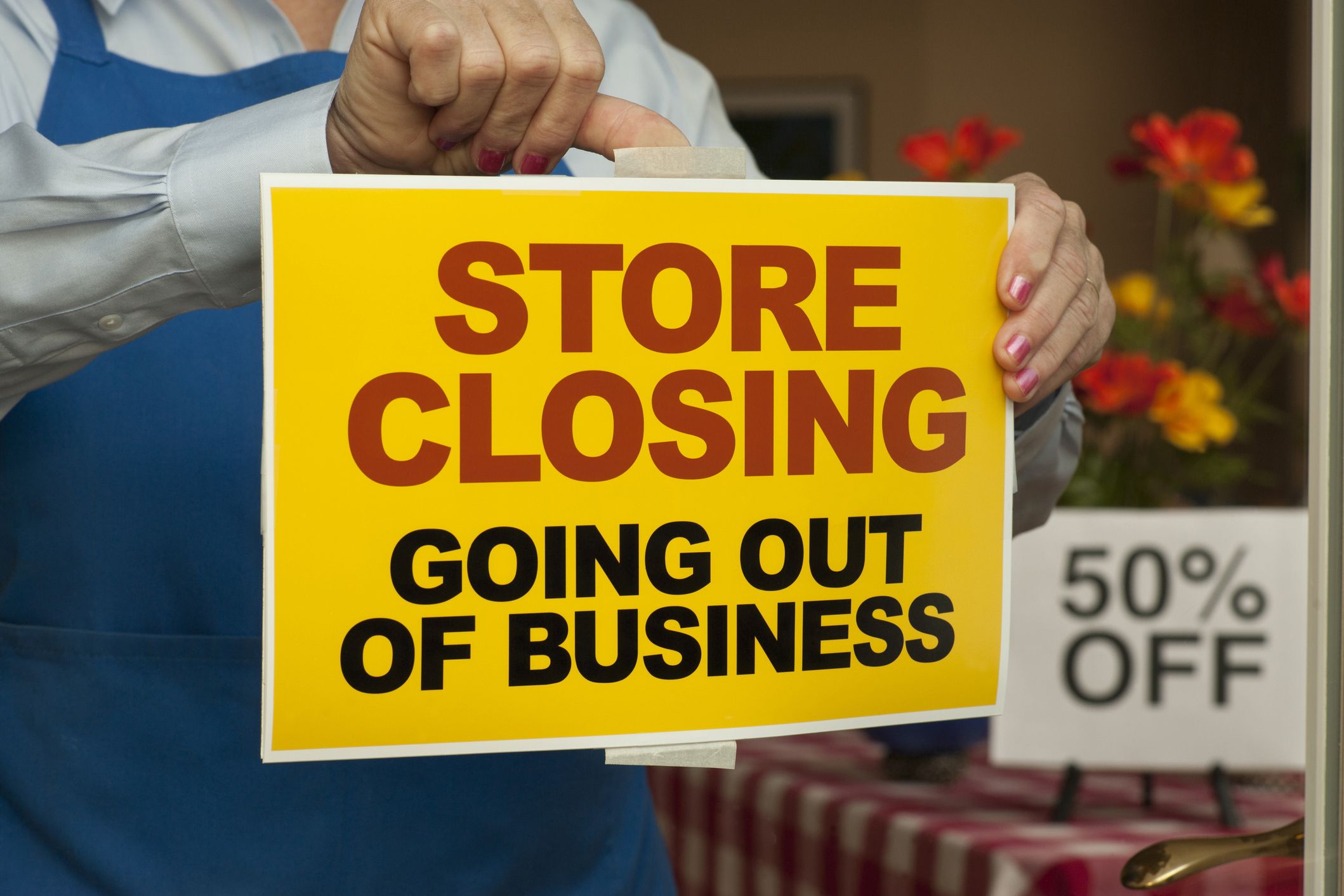
The growth of Dollar Tree, Dollar General, and the other large chains has come at the expense of not only upmarket competitors, but smaller dollar stores. As the New York Times pointed out, dollar-store chains have done a fine job of pushing mom-and-pop operations out of the business through their presence and their supply chains.
They Tend To Cluster
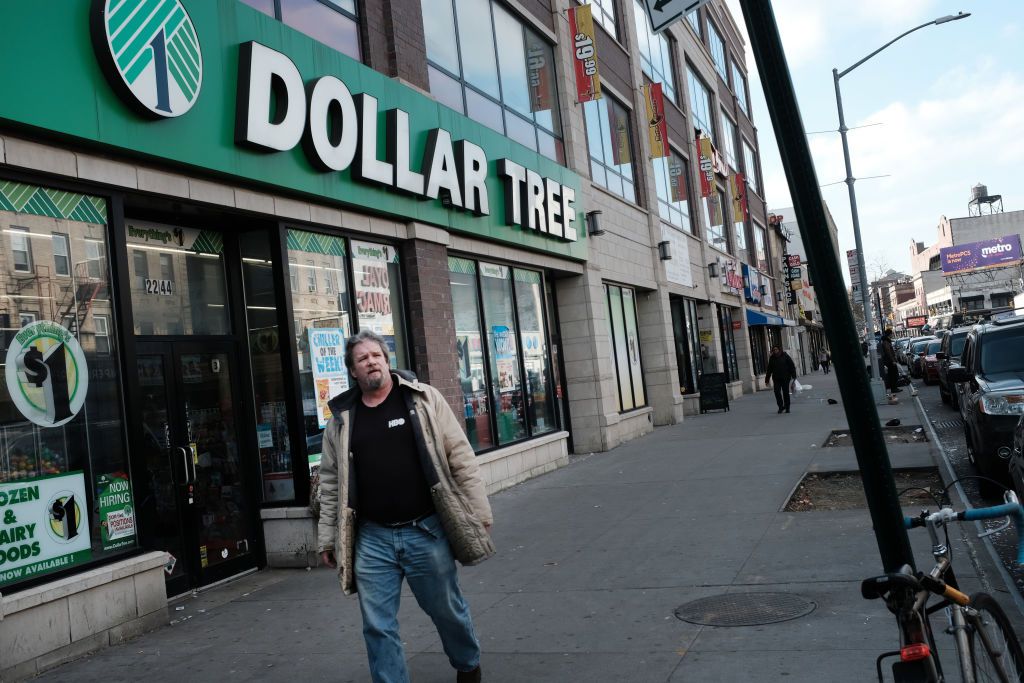
While dollar stores have proliferated across the country, the folks at CityLab point out that “they are concentrated in blue-collar, working-class states.” The highest concentrations are found in Ohio and Indiana to the north, down through Kentucky and Tennessee through the South and into the Gulf states. Notably, cities including New Orleans, Tulsa, Mesquite, Texas, and Birmingham, Alabama have passed legislation to block proposed dollar stores from opening within 1 or 2 miles of existing ones.
Even Dollar Stores Struggle To Keep Up With Amazon

Their numbers are growing, but dollar stores face the same struggles as many other retail stores in the current environment. Dollar Tree and Dollar General benefit from a shrinking middle class that is drifting into lower tiers, but they’re also pressured by online marketplaces such as Amazon. Even with their great deals, dollar stores feel the same pinch as other retailers when the economy softens.
Wholesalers and Direct Suppliers Save Them Money
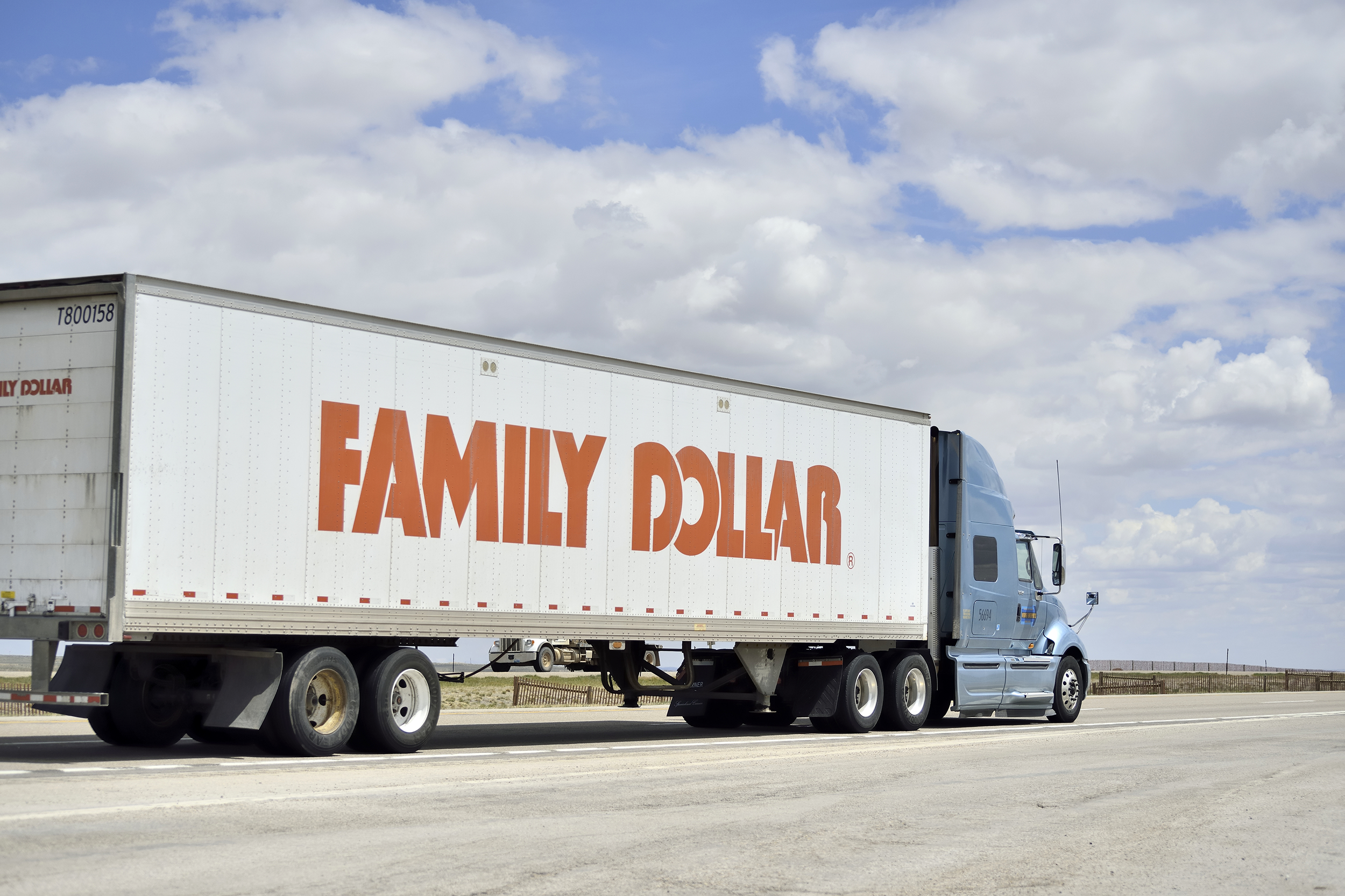
Independent dollar stores and small chains depend heavily on wholesalers with access to overproduced products or inexpensive imports. But some of the larger chains have their own suppliers in place and deal with name-brand clients directly.
They Make Many Dollars

In 2025, the two biggest U.S. dollar-store chains continue to generate massive revenues. Dollar Tree expects net sales between $19.3 billion and $19.5 billion for the year, despite pressures from tariffs and higher operating costs (Reuters). Dollar General, meanwhile, reported $10.7 billion in net sales for the second quarter alone and forecasts 4.3%–4.8% full-year sales growth (Alchempro). Together, these figures show that the value-retail sector remains strong — even as both chains adapt to price increases and changing consumer behavior.
They’re a Bulk Store in Reverse

They’re picking up items in bulk and benefiting from the economics of scale, but dollar stores aren’t always passing the bulk of those deals onto the consumer. That’s evident from Dollar Tree’s Direct to Business program, which lets businesses and charitable organizations pick up items at bulk prices, but doesn’t charge them a warehouse fee like Costco or Sam’s Club for the privilege. Meanwhile, they can break up cases and sell items for $1 in stores whether or not that’s their unit price in bulk.
They Don’t Franchise
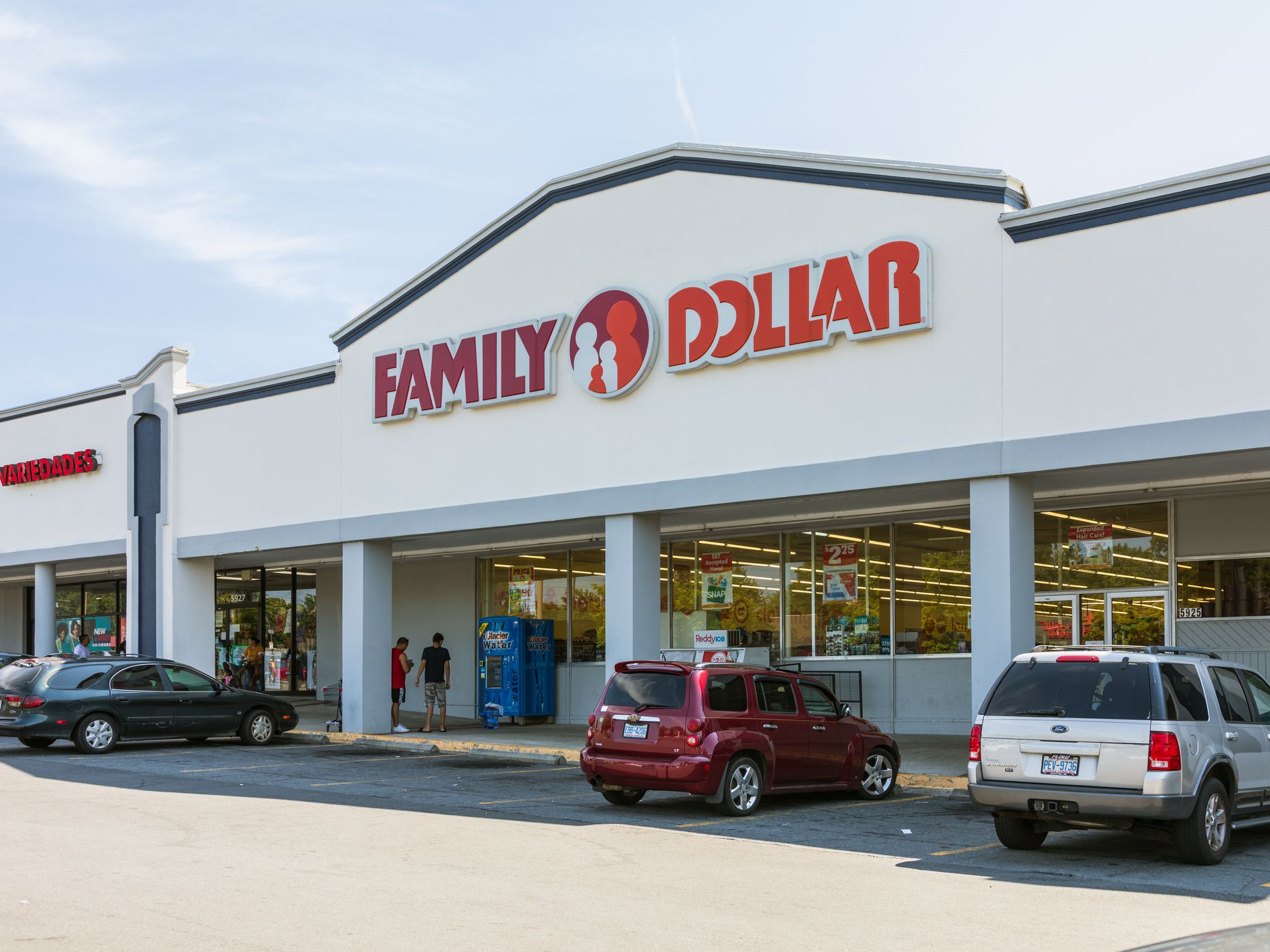
All Dollar Tree and Family Dollar stores are operated from their respective corporate headquarters. Dollar General doesn’t franchise either, but will let you sell Dollar General products online as an “affiliate” for a 5% commission.
They’re High Margin

Dollar stores maintain huge gross margins — larger than discount or supermarket chains — and actually make more money on every item they sell than their competitors. By selling smaller sizes and cheaper goods for a higher unit price, dollar stores are taking in more from consumers by parsing the pain into bite-sized chunks.
More Smart Money Saving Stories From Cheapism

- 17 Things to Buy at the Thrift Store to Save Money — Before you buy new, explore your local thrift shop for hidden gems like vintage cookware, furniture, and storage solutions that cost pennies and add big value.
- Expert Tips to Make Money Selling Stuff Online — Whether clearing out clutter or launching a side hustle, follow these smart photo, pricing and platform strategies to turn your used goods into cash.
- 11 Mistakes You’re Making at the Dollar Store — Even bargain hunters can slip up: avoid these common missteps. From ignoring coupons to overlooking shelf spots, so your dollar-store shopping actually saves you money.






